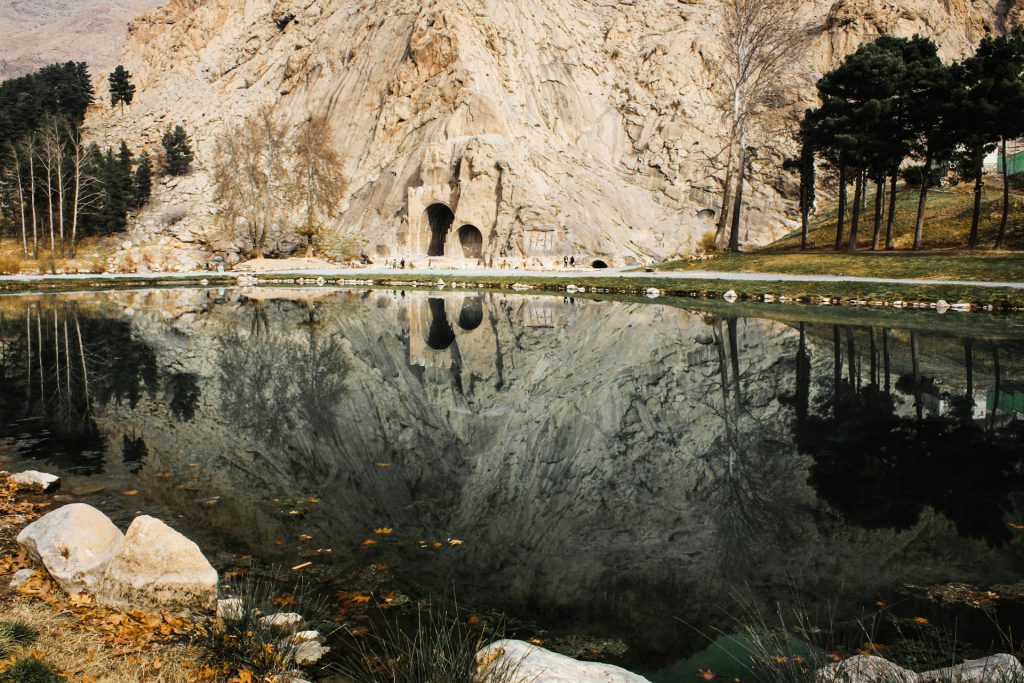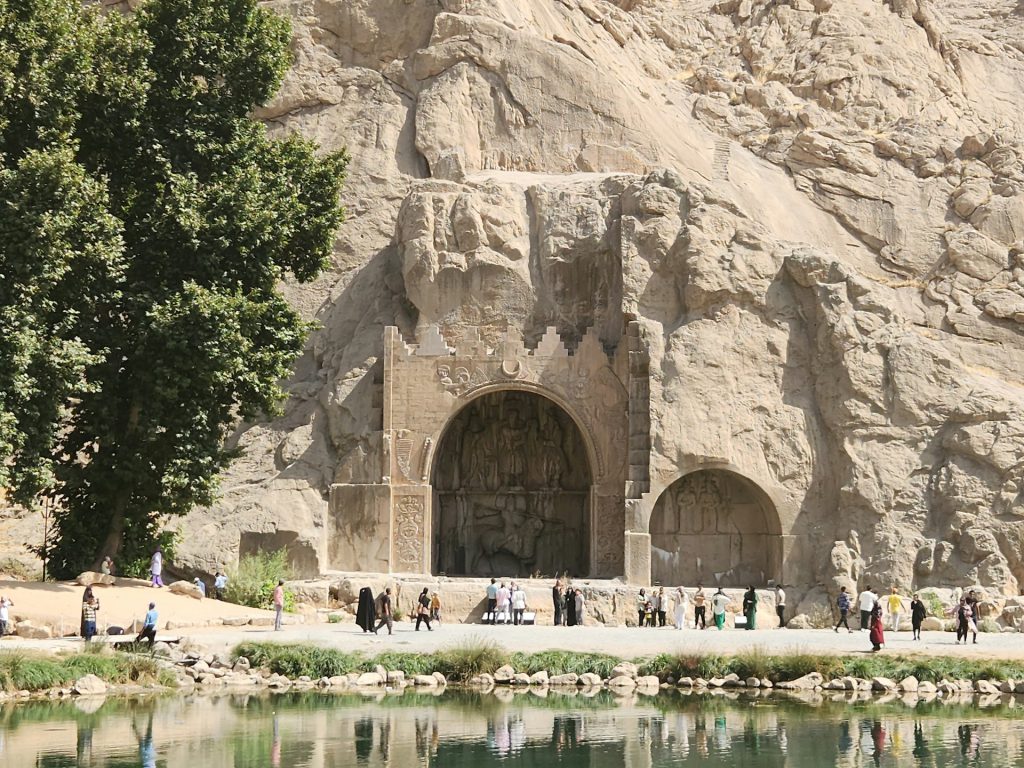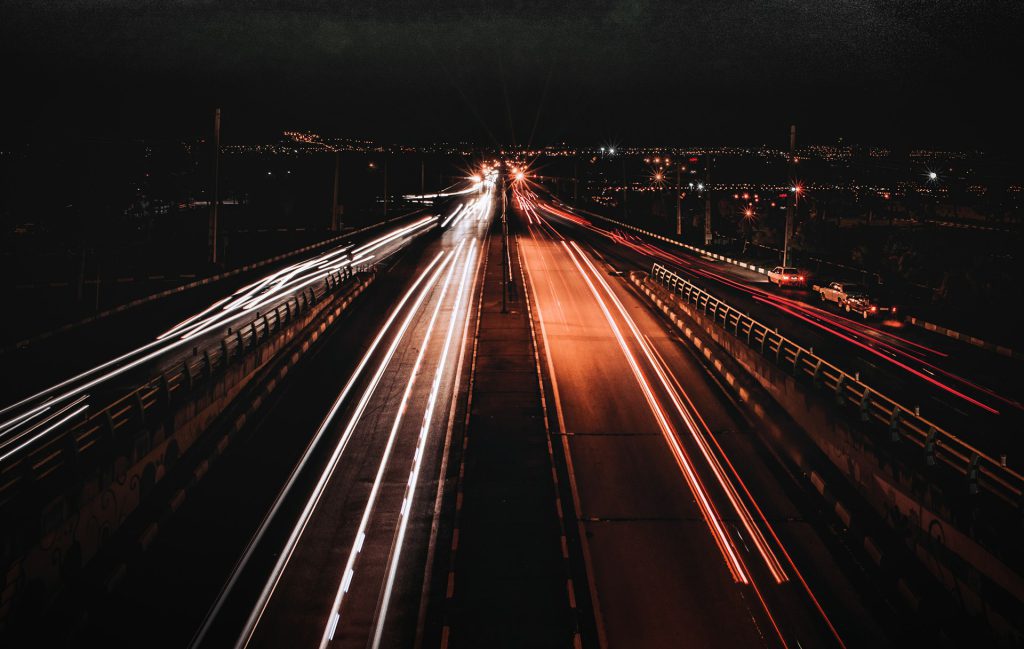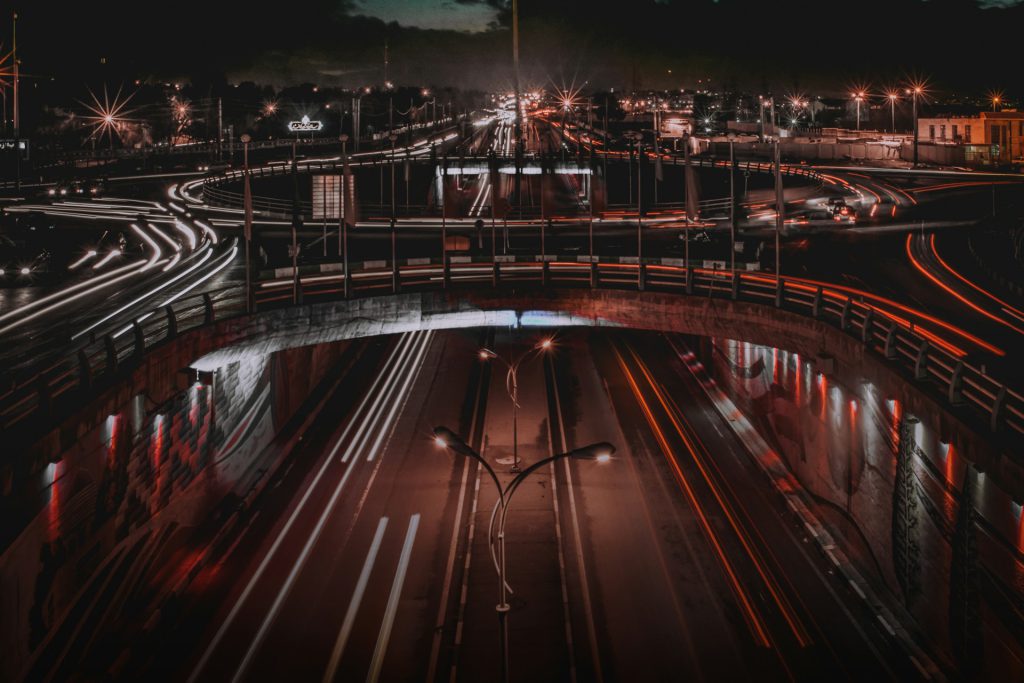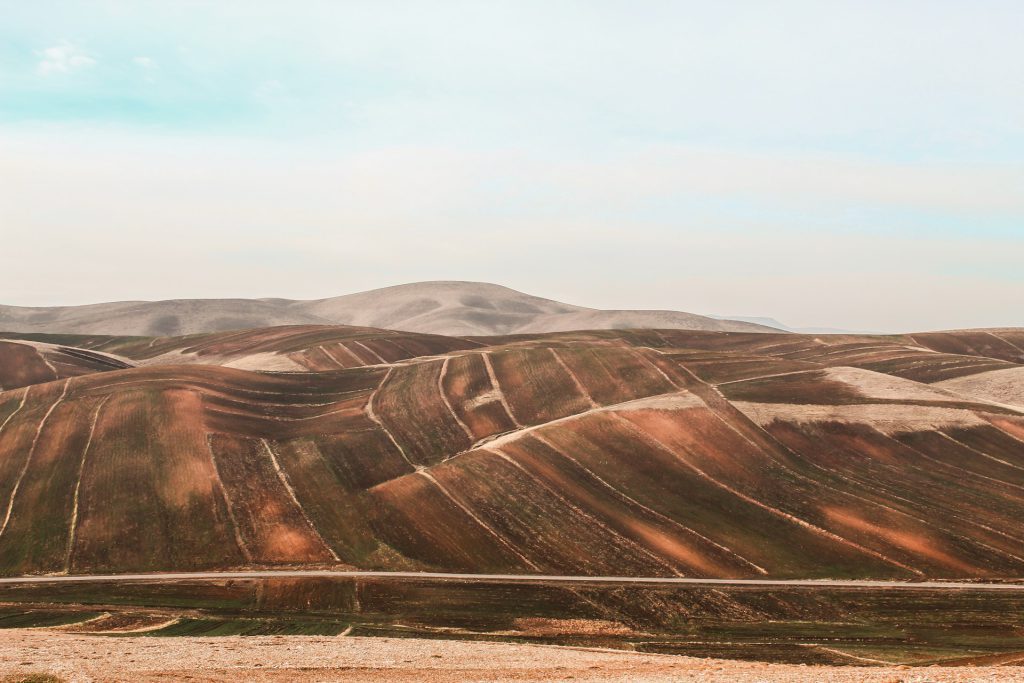Table of Contents
Kermanshah in a Glance

Situated amidst majestic mountains, Kermanshah proudly stands at an altitude of 1200 meters above sea level, offering a stunning view of its surroundings. At the heart of Kermanshah province, this lively city enjoys a moderate mountain climate, providing relief from both the intense heat of summer and the biting cold of winter.
Often referred to as the “India of Iran,” Kermanshah is celebrated for its diverse mix of cultures, religions, and nationalities, much like its Indian counterpart. What makes this city truly unique is its ability to experience all four seasons simultaneously, creating a vibrant display of colors across its landscape. Divided into five distinct areas – Bilor, Firuzabad, Kozran, Mahidasht, and Markazi – along with four cities and thirteen rural districts, the city showcases the beauty of diversity and inclusivity.
As the ninth-largest city in Iran and the second royal Sassanid residence, Kermanshah exudes a sense of majesty and grandeur. It invites travelers from near and far to explore its natural wonders, uncover its rich historical past, and immerse themselves in its vibrant cultural scene. With its captivating mix of natural beauty, historical significance, and cultural charm, the city proudly stands as one of Iran’s premier destinations for travelers seeking an unforgettable experience.
History of Kermanshah
Kermanshah Iran, an ancient city in Iran, has a rich history filled with tales of its beginnings. Legends say it was built by Tahmores Divband or Bahram Sassanid. Back in the days of Qobad I and Anushirvan Sassanid, the city was at its best, but then Arab and Ottoman attacks caused a lot of damage. Despite all the troubles, Kermanshah kept going.
Over time, different rulers came and went, each leaving their mark on the city. The Safavids protected the city from threats, but later, there were more problems during the Zandieh period. Mohammad Ali Mirza, in the 1800s, defended the city against Ottoman invaders, and his legacy still stands at Taq-e-Bostan. Then came the Constitutional Movement and World Wars, when foreign powers briefly took control of the city. But the city always bounced back.
Today, this city is the capital of its province, a symbol of strength and resilience. Despite facing hardships, especially during the Iraq war, the city rebuilt itself. Now, it’s a vibrant center of culture and history, showing the world the power of perseverance.
Kermanshah Geological Characteristics
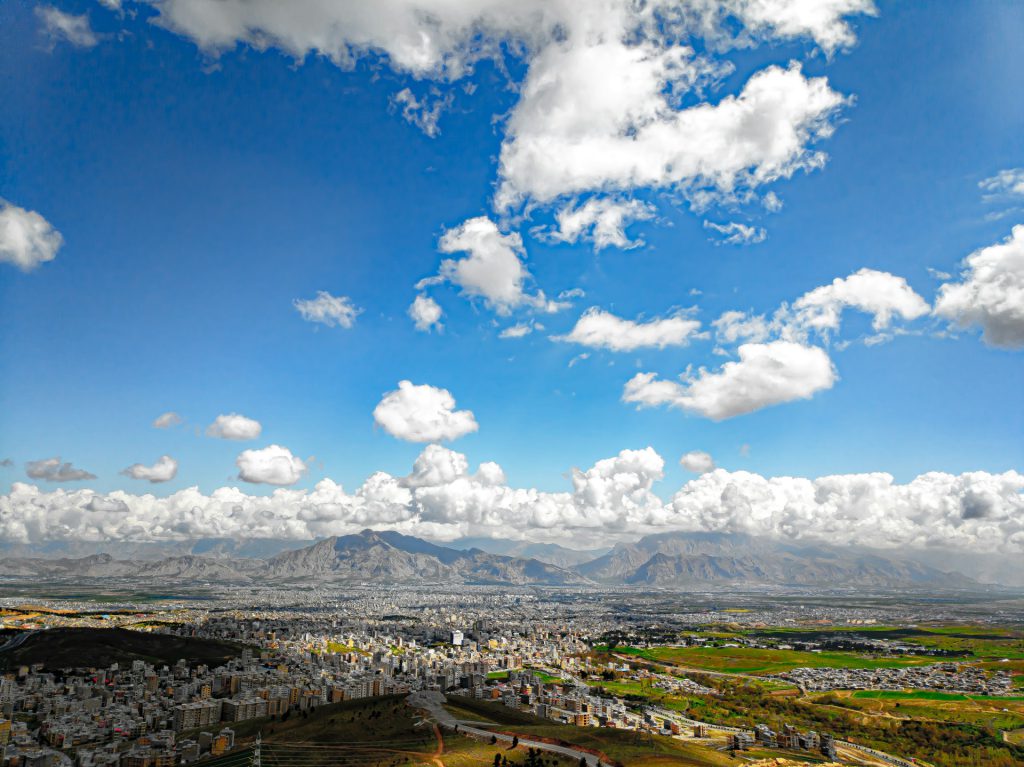
Nestled among the rugged peaks of the Zagros Mountain range, Kermanshah boasts a diverse landscape that draws in both locals and visitors. The city’s location brings a mix of climates: it’s mild in the east and hot with less rain in the west, near the Mesopotamian plain.
With its place in the Zagros Mountains, the city shows off Iran’s natural beauty. The eastern side has moderate weather and greenery, while the western side is drier, like the nearby Mesopotamian plains. These different climates shape the local plants, animals, and way of life. Amongst the rocky terrain and sunny valleys, this city invites adventurers to explore its ancient landscapes and discover its hidden treasures.
Kermanshah Weather/Climate

In Kermanshah Iran, the weather swings between two extremes, giving us scorching summers and freezing winters. During summer, the sun blazes fiercely, making the air hot and dry with clear skies. It’s a time for seeking shade and enjoying cool drinks to beat the heat.
But when winter arrives, the temperature drops dramatically, and clouds occasionally dot the sky. The air turns crisp and chilly, inviting people to bundle up and embrace the cold. From the intense heat of summer to the biting cold of winter, the city’s weather offers a tale of contrasts that keeps us on our toes year-round.
Top Places to See in Kermanshah
Taq-e Bostan
Located to the right of Kermanshah’s city entrance, Taq-e Bostan, also known as Bostan Arch or Vostan Arch, invites visitors with its ancient charm. Dating back to the Sassanid era, this historic site features captivating engravings and inscriptions carved into the rugged mountainside. As you explore the area, you’ll be greeted by a stunning view of nature blending seamlessly with human artistry.
Among the notable inscriptions is one depicting Ardeshir II standing between Ahura Mazda and Mitra. With Ardeshir II facing Ahura Mazda and extending his hand to receive a wreath of friendship, the scene symbolizes unity and victory over adversity, while beneath their feet lies the defeated adversary, Ahriman, immortalized in stone. Experience the echoes of ancient glory and the tranquility of the surrounding landscape as you delve into the rich history of Taq-e Bostan.
Paraw Mountain
In the northeast of Kermanshah lies the mountainous region of Poraw, covering about 1,020 square kilometers. It’s home to several peaks like Taq Bostan and Bistoon Poraw, reaching heights of over 3,000 meters. One standout feature is the Poraw cave, which plunges 572 meters deep into the earth.
To the east of Poraw, you’ll find the Houjir Mountain, with the Denvar River Valley separating it from the main area. Over millions of years, the landscape here has changed, forming caves and wells in the sedimentary rock, mainly limestone. Among these formations is the Paraw cave, sitting at 3,050 meters above sea level, making it the highest cave globally. It’s nicknamed the “Everest of world caves” due to its depth of 751 meters and its challenging exploration conditions. The name “Poraw” or “Paraw” comes from Kurdish and means “full of water,” a fitting description for a region rich in natural wonders.
Tekiyeh Moaven Almolk
The Tekiye Moaven Almolk and Hossainieh of Moavenol Molk, located in Kermanshah’s city center, comprise three distinct buildings: the Abbasieh, Hossaineh, and Zeinabieh. Featuring two courtyards and a central building, the Tekiye offers a glimpse into architectural splendor. The walls of the Hossainieh are adorned with exquisite, multi-colored tiles, each telling a story through delicate brush strokes and vibrant hues.
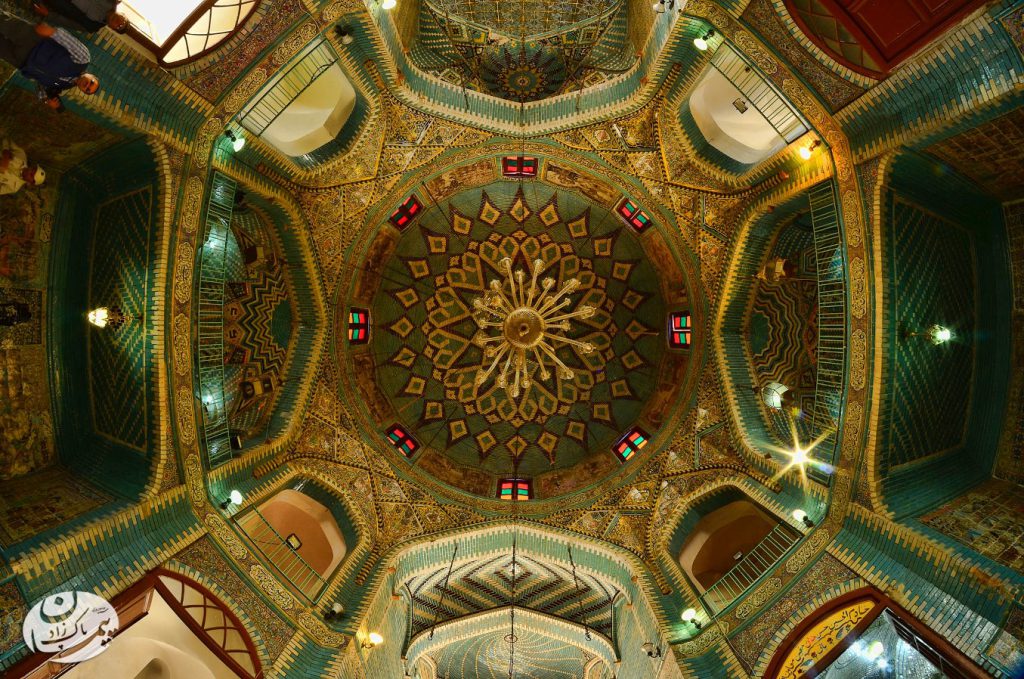
Among the intricate tile works are portraits depicting notable figures and events from history, mythology, and religious traditions, including Hazrat Soleiman, the Karbala and Ashoura events, and the tales of Rostam and Sohrab. These artistic masterpieces serve as windows into the rich tapestry of cultural heritage, inviting visitors to immerse themselves in the beauty and significance of the architectural marvels.
Museum of Anthropology of Kermanshah
Situated in the heart of Kermanshah is the Museum of Anthropology, a place where you can dive deep into the history of the region. Opened in 1990, this museum is housed in a beautiful old building from the Qajar period. It was generously given to the Ministry of Culture by the Moavenol Molk family. Inside, you’ll find 30 different rooms filled with all sorts of interesting things that tell the story of agriculture and people’s lives.
As you wander through the museum, you’ll come across a variety of items that give you a glimpse into the past. There are traditional Kurdish clothes, musical instruments, wax figures, and even old hunting gear. Divided into three parts—Hosseinieh, Zeinabieh, and Abbasieh—the museum is like a journey through time. The Abbasieh area is especially beautiful, with its colorful walls and paintings of important people. Upstairs, the Anthropology Museum teaches you about how people lived, while downstairs, you can explore ancient artifacts that leave you feeling amazed.
Kermanshah Jame Mosque
In Kermanshah’s busy city streets, you’ll find the Jame’ Mosque, a special place from long ago, built around 1196 AH. It was put together by Alikhan Zanganeh, who was in charge of the city back then. Even though time has passed, parts of the original mosque are still here, like a piece of the pillared area and a special-shaped room.
Inside, the mosque is simple but still beautiful, showing off its old-style design. If you climb the stairs in one corner, you might reach what used to be a school part of the mosque. Near the entrance, there are three old writings from about 1200 AH, telling stories about the mosque and how it was taken care of. Walking through the Jame’ Mosque feels like taking a step back in time, letting you imagine what life was like back then.
Shopping and the Best Souvenirs to Buy: Kermanshah Travel Guide
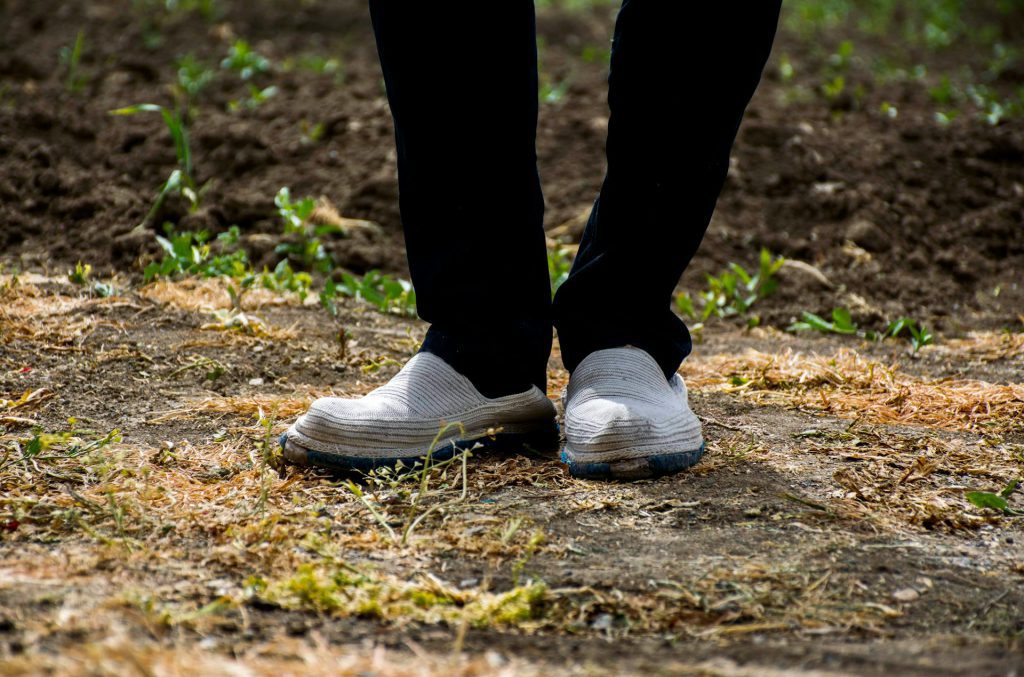
In the heart of Iran lies Kermanshah, a hub of traditional craftsmanship. The province is brimming with handmade treasures, crafted by local villagers and tribes. Among these prized souvenirs are beautiful carpets, colorful kilims, and finely woven jajims. These textiles not only decorate homes but also carry stories and traditions passed down through generations.
Carpet
Kermanshah rugs and carpets are famous for their intricate designs and expert craftsmanship. Each rug is a work of art, woven with patterns that reflect the region’s rich culture. Whether in a palace or a simple home, these carpets add a touch of sophistication to any space.
Kilim
Kermanshah kilims are known for their vibrant colors and geometric patterns, showcasing the region’s heritage. Used as rugs or wall hangings, these flat-woven textiles are loved for their timeless appeal and versatility.
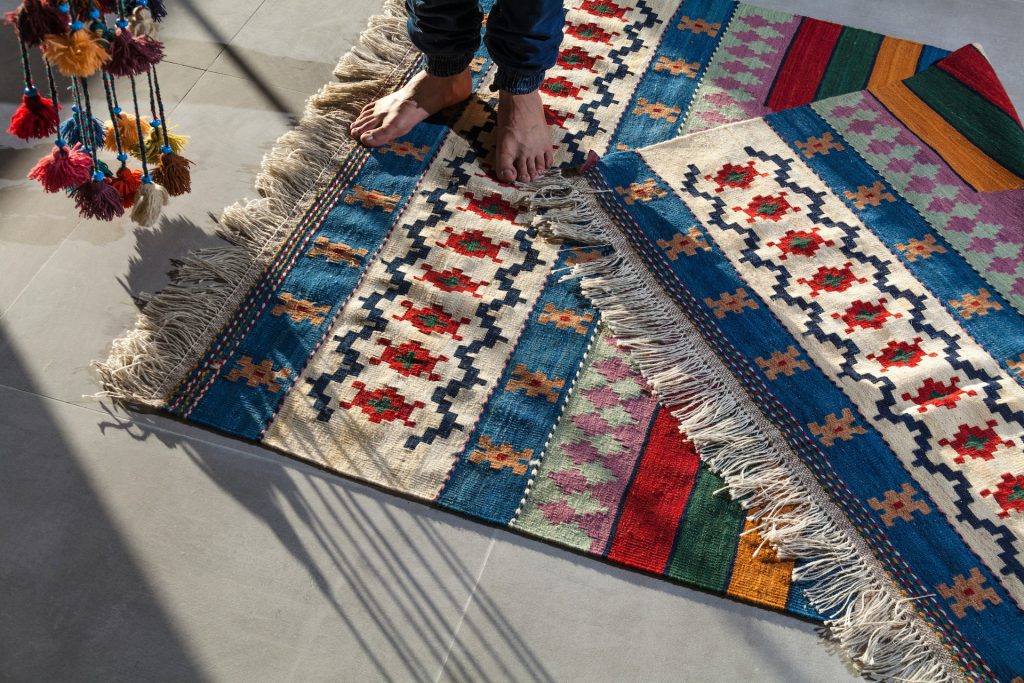
Jajim
Jajims from Kermanshah are prized for their loose weave and intricate designs. These versatile textiles serve many purposes, from blankets to decorative throws, each showcasing skilled craftsmanship and rustic charm.
Kak
No trip to Kermanshah is complete without trying Kak, the province’s famous sweet meat. Made from nuts, honey, and spices, Kak is a delicious treat that captures the essence of the city, leaving a lasting memory of the journey.
Nightlife in Kermanshah
When night falls in Kermanshah, the city comes alive with excitement. From charming cafes to bustling restaurants, there’s plenty to explore after dark. As the evening progresses, the streets fill with the delicious smells of Persian food from the many dining spots around town. Whether you’re in the mood for kebabs or hearty stews, the city’s food scene has something for everyone.
The atmosphere is buzzing with conversation and laughter as locals and visitors come together to enjoy good company and great food. And if you’re looking for a cozy spot to unwind, the city’s cafes offer the perfect retreat, where you can relax with a hot cup of tea or indulge in a sweet treat. In this, the night is a time to savor the city’s unique charm and vibrant culture.
Kermanshah Suburbs
Asangaran Cave
Located in the rocky landscapes of Kermanshah’s suburbs is a special spot known as the Asangaran Cave. It’s hidden away near Poraw Mountain, in a place called Tang Kouh Gorge, just 22 kilometers from the busy Kermanshah-Sanandaj Road. This cave is pretty famous in the region.
As you explore inside, you’ll find it’s like a maze with four holes that go down 4, 8, 16, and even 36 meters deep. Some of these holes are connected, which makes the journey more interesting. And at the end of it all, there’s a cool pool-like area where you can relax and take it all in. People love visiting Asangaran Cave because it’s so beautiful and special – a real natural wonder in Iran.
Mahidasht Village
In the district of Kermanshah, there’s a special area called the Mahidasht sector, home to two charming villages: Mahidasht and Chaqa Narges. At the heart of Mahidasht is Shahr-e-Robat Village, nestled on a plain with the Merek River flowing nearby, about 24 kilometers southwest of Kermanshah. This village enjoys a pleasant, semi-dry climate.
Shahr-e-Robat Village isn’t just known for its climate; it’s also famous for its natural beauty and historical significance. The Merek River, surrounded by lush vegetation, creates a haven for various bird species, adding to the area’s allure. Visitors can explore several historical sites, including the Shah Abbas caravansary, Mahidasht Robat, an ancient bridge, a mosque, and two pilgrimage sites. These attractions make Shahr-e-Robat Village a popular tourist destination within the province, offering a blend of natural splendor and cultural heritage for visitors to enjoy.
Chal Abad Mountain
Situated 50 kilometers northwest of Kermanshah, the Chal Abad Mountains stand tall, reaching an impressive elevation of 2,444 meters. These mountains, including Vellari, Hashlan, Khurir, Hool Hool, and Khaqaneh, collectively form a picturesque elevated area. Among them, Khurir reigns supreme as the highest peak, soaring to 2,550 meters above sea level.
Flowing from the eastern slopes of this mountainous region is the Qaiyreneh River, which then meanders northwards between the elevated expanses of Poraw and Chal Abad. To the west lies the Ravansar River, nestled within the boundaries of this rugged terrain. Tributaries from the area feed into these rivers, eventually forming a charming water feature known as the Sholeh Wetland, tucked away in the southern foothills. With its scenic beauty and diverse landscape, the Chal Abad Mountains offer a captivating experience for nature enthusiasts and adventurers alike.
How to Get to Kermanshah
By Car
Drive to Kermanshah Iran by taking Road 15 from Saqez, passing through towns like Ravansar and Marivan. You can also use Road 21 from Jolfa to Ilam or Road 48 from Saveh to Khosravi, connecting to Tehran via Road 37.
By Bus
Catch a bus from major cities like Tehran, Shiraz, or Mashhad. You can even join a bus group to Karbala through Baghdad.
By Plane
Fly to Kermanshah from cities like Tehran or Mashhad, or even from international destinations like Jeddah or Medina.
By Train
Although the train route to Kermanshah is still under construction, you can take a train to nearby Malayer for now.
Best Time to Visit Kermanshah
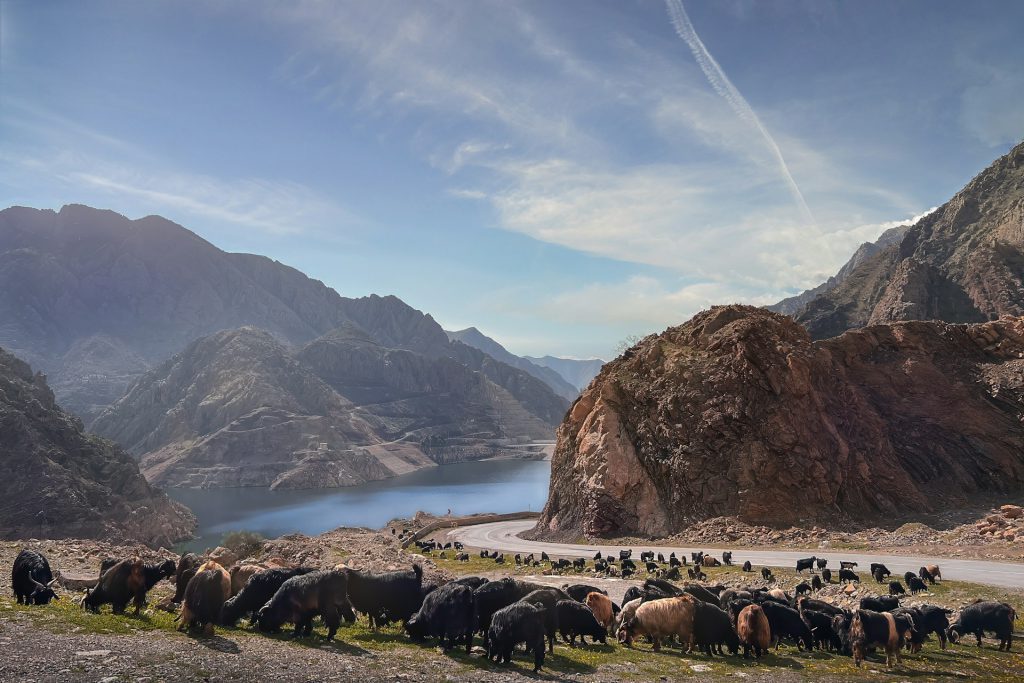
If you’re planning a trip to Kermanshah, the best times to visit are during spring and autumn. These seasons offer the perfect blend of pleasant weather and stunning scenery. Spring brings warmer temperatures and colorful blooms, while autumn treats visitors to a breathtaking display of golden foliage. Both seasons are great for outdoor activities, allowing you to fully experience the city’s natural beauty.
Public Transportation in Kermanshah
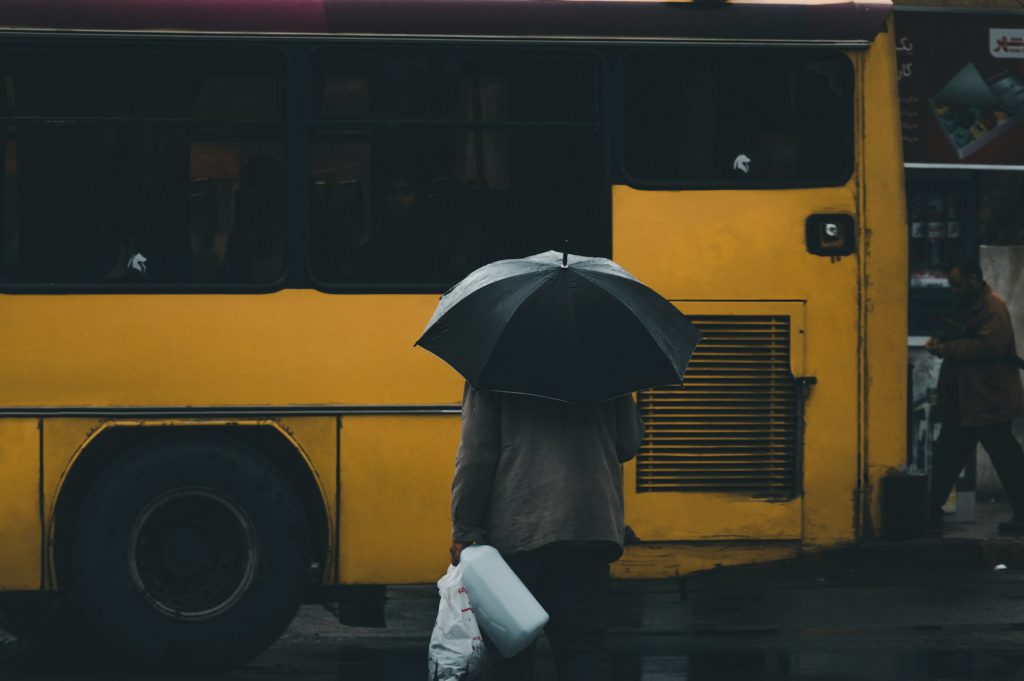
Train
In 2008, plans for a modern city train in Kermanshah got underway, aiming to link important spots like Ferdowsi Square and Taq Bostan Square. Originally set as a 14-kilometer rail line with 11 stations, the project encountered delays due to changes in construction methods and management issues. Despite setbacks, the city remains committed to improving public transportation, underscoring its dedication to a more accessible and efficient urban landscape.
Bus
In Kermanshah, you can hop on city buses easily. There are two main bus stations downtown. Just pay your fare in cash when you board. Most rides cost around 300 to 350 Tomans, but some shorter trips within the city are cheaper, at 200 Tomans. To find out how much your ride costs, ask someone on the bus or look for signs on the windows. It’s a simple way to get around town hassle-free.
Taxi
In Kermanshah, you can easily catch a taxi to travel anywhere in the city. The main taxi hub is at Savar Azadi Park in Azadi Square, right in the middle of town. Taxis here are mostly yellow, some are green, and you can spot them by looking for a special panel on the ceiling and a checkered line on the hood. If you need a taxi, just dial 1881 for wireless service. It’s a simple way to get where you need to go in the city.
From Airport to Downtown
When you arrive at Kermanshah airport and need to reach the city center, airport taxis are the way to go. You’ll find them right outside the terminals, ready to take you where you need to go. Just head to the taxi counters and rent one for your trip. So, airport taxis are a reliable option for travelers arriving in the city.
Kermanshah Restaurants
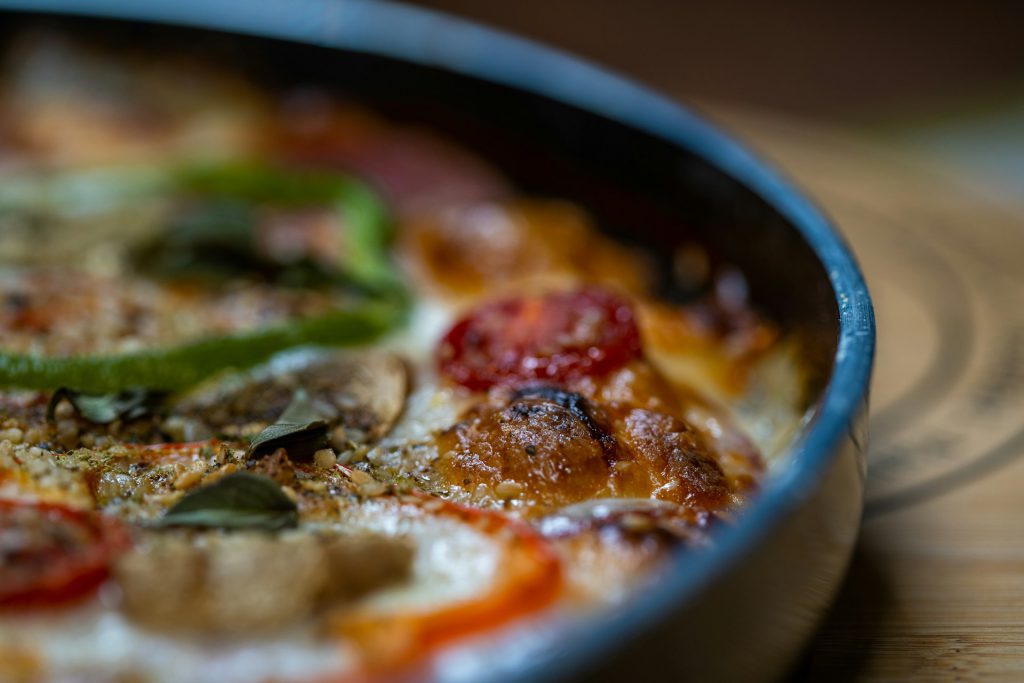
Bamdad
At Bamdad, you get the real deal of Persian cuisine in Kermanshah. From flavorful rice to tasty kebabs, they’ve got it all. With their carefully crafted menu, you can enjoy a delicious meal and Iranian cuisine that’s full of tradition and flavor. Come experience the taste of Iran at Bamdad!
Cheshm Andaz
Located atop the Parsian Hotel, Cheshm Andaz offers delicious Persian and international dishes with a stunning city view. Enjoy great food and breathtaking sights all in one place!
Zagros
Craving pizza? Zagros has you covered with their delicious thin-crust pizzas that cater to every taste bud. Whether you’re a fan of classic margherita or adventurous toppings, Zagros ensures a pizza experience that satisfies all cravings.
Kermanshah Hotels
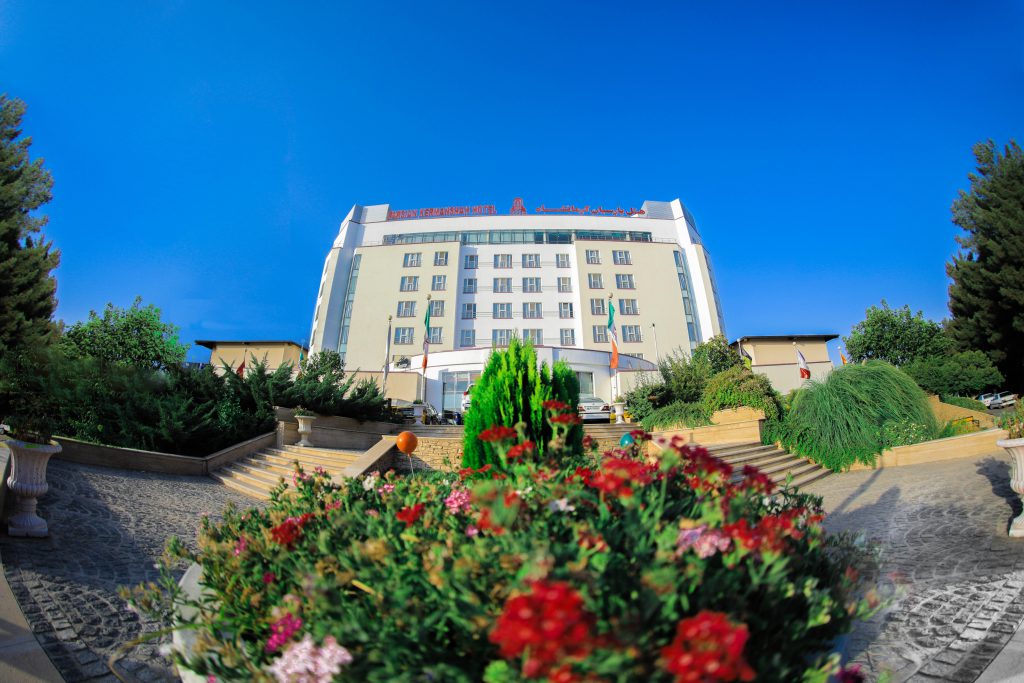
Parsian Hotel (5 Star)
Located in the heart of Kermanshah, the Parsian Hotel is a top 5-star choice for travelers in western Iran. With its prime location near the city center, airport, and attractions, it offers both convenience and luxury. As part of the Parsian Hotel Set, it boasts well-equipped facilities and friendly service, ensuring a memorable stay for guests seeking comfort and hospitality in the city.
Azadegan Hotel (4 Star)
Located just off the Kermanshah-Sanandaj Road, 4-star Azadegan Hotel offers a cozy retreat just 15 minutes from the city center and 10 minutes from the airport. With Wi-Fi available throughout, guests can enjoy modern amenities in their comfortable rooms. The hotel also features a traditional restaurant, a business center, and a coffee shop, catering to all your needs under one roof.
Resalat Hotel (3 Star)
Resalat Hotel, a 3-star gem, offers cozy accommodations in the city center. Renovated in 2005, it boasts 56 rooms and suites spread across six floors. Conveniently located near attractions like Laleh Park and the traditional bazaar, guests can easily explore the city’s offerings. Amenities include free internet, parking, and room service, with the added perk of proximity to Kermanshah International Airport. Don’t miss nearby attractions like Taq-e Bostan monument and Bisotun Inscription while staying at Resalat Hotel.
Kermanshah Traditional Boutique Hotel
When it comes to cleanliness and peacefulness, Kermanshah Traditional Boutique Hotel sets a high standard. This lovely place showcases the lasting appeal of old architectural style and captivates guests with its unique mix of history and charm. The hotel is well-maintained, creating a calm and tranquil atmosphere where guests can truly unwind and feel refreshed.
But what makes this hotel truly outstanding isn’t just its physical attributes; it’s the kind and welcoming team that truly makes it special. From the friendly owner to every staff member, each person plays a part in creating a harmonious and unforgettable experience for every guest.
Ario Boutique Hotel
Ario Boutique Hotel in Kermanshah welcomes you to a journey through time, showcasing the captivating elegance of the Qajar era. This charming hotel, situated in the heart of the city, is a true testament to the rich cultural heritage of Kermanshah. As you enter this historic mansion, you’ll be enchanted by its grandeur, seamlessly blending traditional architecture with modern comforts.
The thoughtfully designed rooms cater to various accommodation needs, including single, double, twin, and triple rooms. Each room is adorned with traditional motifs and furnishings, effortlessly blending the charm of the past with contemporary amenities.
Things to Know Before Visiting Kermanshah
Money
When it comes to handling your money in Kermanshah, you need to plan carefully because of certain restrictions. Due to international rules, ATMs in the city won’t accept foreign bank cards. So, it’s best to bring enough cash in euros or dollars to cover your expenses during your visit. Though it might take some extra planning, having the right currency on hand will make your time in this lively city smoother.
Safety
Kermanshah sits near the Iraq border and has tight security measures, especially because of concerns about groups like ISIS. Despite this, it’s still a very safe place for tourists. Crime rates are low, giving travelers peace of mind as they explore the city’s rich culture. By being cautious and staying aware of local conditions, visitors can fully enjoy all that this city has to offer without worrying too much. Remember, while it’s important to stay alert, embracing the city’s friendly atmosphere is part of the experience.
FAQs about Kermanshah
Q1: Is Kermanshah Sunni or Shia?
A1: Most people in Kermanshah are Shia Muslims, but there are also Sunni Muslims and followers of Yarsanism.
Q2: What is the meaning of Kermanshah?
A2: “Kermanshah” comes from the ancient Sasanian title “Kirmanshah,” meaning “King of Kerman.” This title was notably given to Prince Bahram, the son of Shapur III, when he became the governor of the Kirman province (which is now part of Kerman Province).
Q3: What Kurdish is spoken in Kermanshah?
A3: Southern Kurdish is sometimes called Kermanshahi Kurdish. However, the term “Kermanshahi Kurdish” typically refers to the variant spoken in and around the city of Kermanshah.
Q4: Which country is Kermanshah?
A4: Situated in the western region of Iran, Kermanshah, the main city of Kermanshah Province, was established in the 4th century AD with support from the Sassanids.
Q5: How many km2 is Kermanshah?
A5: Kermanshah Province, located in the west of Iran, covers an area of 25,000 square kilometers (9,560 square miles), which is approximately the size of Vermont. This area represents about 1.5 percent of the total land area of the country.
Last Words: Experience the Best of Kermanshah with a Customized Tour
Kermanshah is a big city in Iran with tall mountains around it. It’s nice to look at and has different weather because of the mountains. Lots of different people live there, like in India. You can see all four seasons together, which makes it colorful.
When you’re planning to visit Iran, especially the charming city of Kermanshah, going for personalized tours is the smart move. These tours are all about making your trip fit your interests and preferences just right.
One great option is To Iran Tour. So, if you’re dreaming of a memorable journey through the wonders of Kermanshah, let To Iran Tour make it happen. We’re here to ensure your Iran tour is not just good but amazing.


